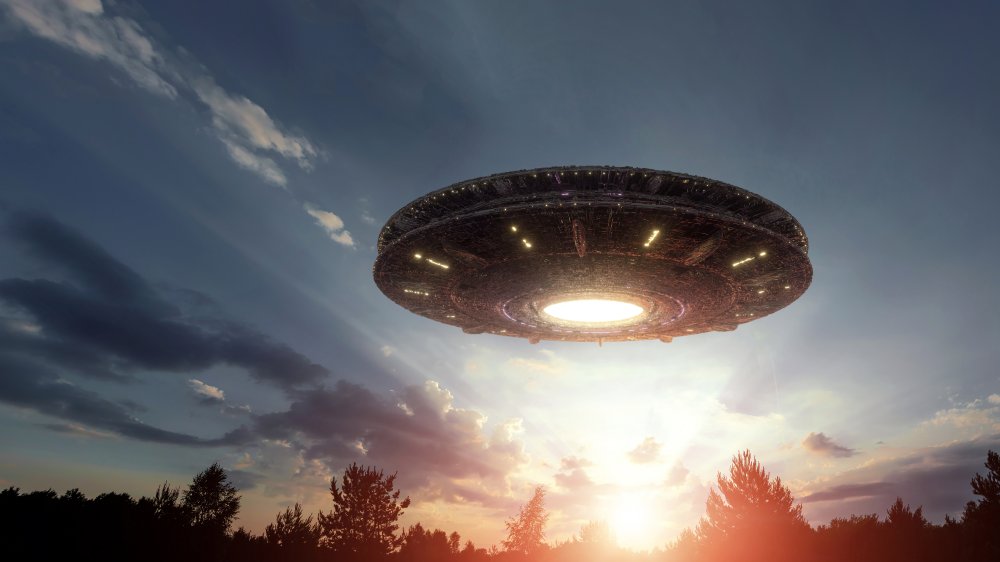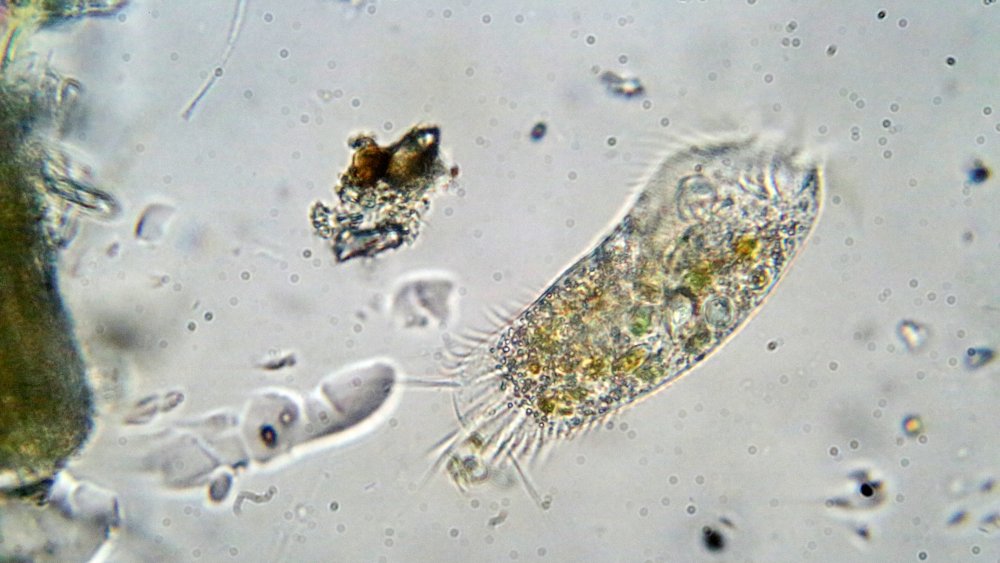Invisible Aliens Might Exist On Earth. Here's Why
In the realm of public imagination, the search for alien life consists of a lonely little humanoid delving into the deepest parts of deep space. However, as Professor Carol Cleland, professor of Philosophy at the University of Colorado, Boulder and member of NASA's Astrobiology Institute points out, astrobiology can begin with home-grown alien life.
According to the Institute's webpage, astrobiology studies "the origins, evolution, distribution, and future of life in the universe," including "research into the origin, early evolution, and diversity of life on Earth." In practice, this means shifting the focus away from life on other planets, to instead study utterly other types of life on this particular world. Basically, just as many don't notice the gorilla in the "Invisible Gorilla Test," as described by Live Science, due to the fact that they are paying attention to something else, humankind may be overlooking life on Earth because it operates with a different logic than that humans are used to.
Think about all the aliens seen in science fiction. They generally observe the acronym biologists use to define life MRSGREN: movement, respiration, sensitivity, growth, reproduction, excretion and nutrition. These, however, are only relevant for carbon-based lifeforms, like humans. What if there is a life form so strange, right here on Earth, that the difference between humans and jellyfish seems small in comparison? If so, humans may be seeing life without even recognizing it. And if people do that on Earth, they definitely would never notice life on another planet.
What is the life on Mars?
Scientists currently search for two types of such aliens: shadow biospherem and silicon-based life.
The shadow biosphere covers beings with a different biochemistry — that is, a completely different science underlying their existence. This leaves a somewhat obvious question, namely, if these lifeforms are so different as to be undetectable, how can humans detect them? In a piece for The Guardian, Professor Cleland points to desert varnish, reddish brown streaks that cover rocks in deserts around the world: "We may have failed to detect the source of desert varnish for the simple reason that it is the handiwork of weird microbes which generate energy by oxidising minerals, leaving deposits behind them." That said, a paper by Randall S. Perry and Mark A. Sephton disagrees that they require a biological explanation.
The other course of inquiry, silicon-based life, enjoys greater popularity — in part because it's more conceivable to most people. The biggest evidence in favor of this was reported in Astrobiology Magazine, which covered the findings that humans can incorporate silicon into carbon-based molecules. Carbon-based molecules are the basis with which life on Earth operates, so, the reasoning goes, if you can get the same results with silicon, silicon-based life should also be possible. Theoretically.
Still, both avenues remain important. Without them, humanity's search for additional life in the universe may be worse than pointless.

